Your AI is Blind: Enterprise Context Management Arrives
Making Enterprise AI Work Through Context Extraction and Principle Interpretation
Your company has spent millions on infrastructure with the promise of AI. Business impact still eludes you. What’s missing isn’t more infrastructure, it’s the ability to activate your data so AI can drive real outcomes.
The problem isn’t intelligence. It’s perception. AI is powerful but blind. A new technology gives it eyes.
Enterprise context management, or ECM, gives AI what it’s missing: the ability to activate petabytes of proprietary data, the DNA of your competitive advantage and customer relationships. This context is the key to real business outcomes.
Context helps AI spot at-risk customers, suspicious wire transfers, and critical exceptions that need immediate attention. Context infuses AI with the insight of your top experts. Instead of generic AI responses, you get AI that thinks like your business.
This guide explains how ECM helps your AI see more clearly, how it differs from conventional software, and how it transforms random acts of AI into a strategic weapon.
Case Study: How BankCorp Handles Millions of Exceptions
The business of banking is the business of exception management. Suspicious transactions. Credit approvals. Wire transfer anomalies. Imagine a typical large bank, BankCorp. They face millions of anomalies every day. They deploy massive teams that spend thousands of hours weekly on classification and escalation. Yet they can only examine 1% in detail. The cost: hundreds of millions in manual processing.
Generic AI sorts exceptions but treats them all the same; ECM applies business judgment to each one. Like your best investigator, it evaluates millions of exceptions daily, each in seconds. Instead of escalating everything, the system thinks like your best analyst: high-value clients get priority, regulatory issues trigger alerts, low-risk events get fixed automatically. Manual exception handling drops 99%; costs fall; important issues get fixed before clients notice. AI transforms from a dull tool into a business weapon.
Let’s explore how ECM turns exception management at BankCorp into a strategic weapon.
The Elements of Enterprise Context Management
Context is the pointy edge of the AI productivity spear. ECM teaches AI how your business thinks—what matters, what doesn’t, and why. ECM interprets everything about BankCorp’s business: customer rules, compliance policies, communication styles. Then it applies these principles to each AI interaction.
ECM has four parts: extracting context, executing based on principles, organizing catalogs, and a control plane that establishes guardrails for trust.
Context Extraction: A LiDAR for Enterprise AI
LiDAR (Light Detection and Ranging) helps builders use drones to scan terrain before laying foundations. Forestry services use it to map canopy density and detect disease patterns invisible from the ground. Agriculture relies on it to track soil conditions and crop health across thousands of acres.
Context Extraction is LiDAR for enterprise data. Just as LiDAR maps the physical world, ECM maps your business world: your customers, your rules, your strategic priorities. AI needs this context to make smarter decisions. Context gives AI the judgment of your top customer success expert, your chief compliance officer, or best sales executive.
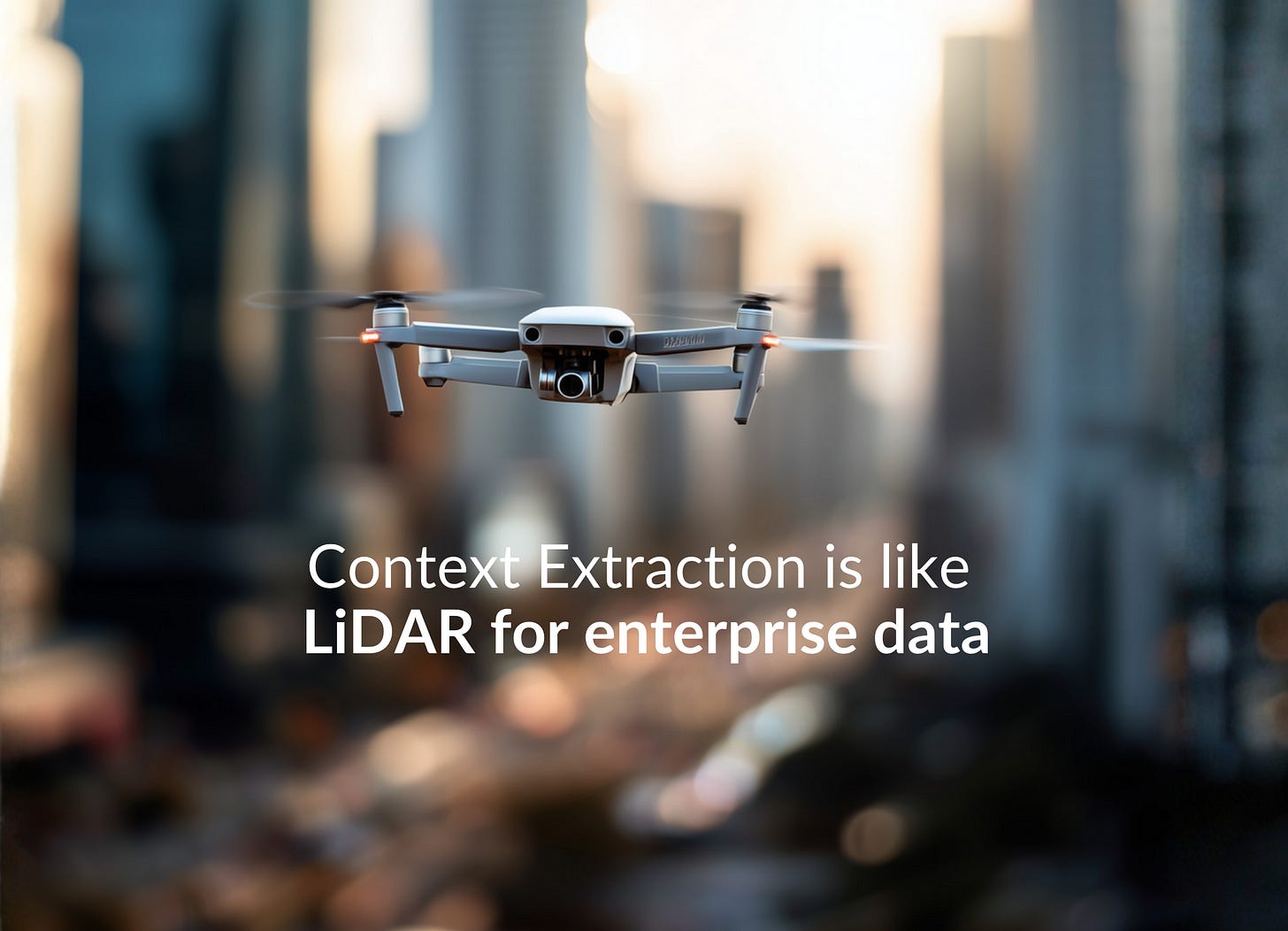
ECM interprets your business like LiDAR scans the physical world by sensing the entities and relationships from enterprise data. It connects directly to approved systems — databases, legacy systems, CRMs, support desks — without migration or duplication. From these sources it resolves entities and maps how they interact. When it reads “Alice has been a BankCorp pension fund client since 2024,” it knows Alice is important and new. This helps AI decide which events and alerts might matter to Alice.
ECM learns what’s important like a human expert. In addition to learning about the BankCorp business, ECM also interprets regulatory standards, so AI can act confidently, with safety guardrails. They unified the context of over fifty million records across three CRMs and retired a fourth. Their goals are to improve customer engagement thanks to smarter AI decisions, help internal staff become more productive, and reduce manual escalations by 30%. Context extraction helps make this possible.
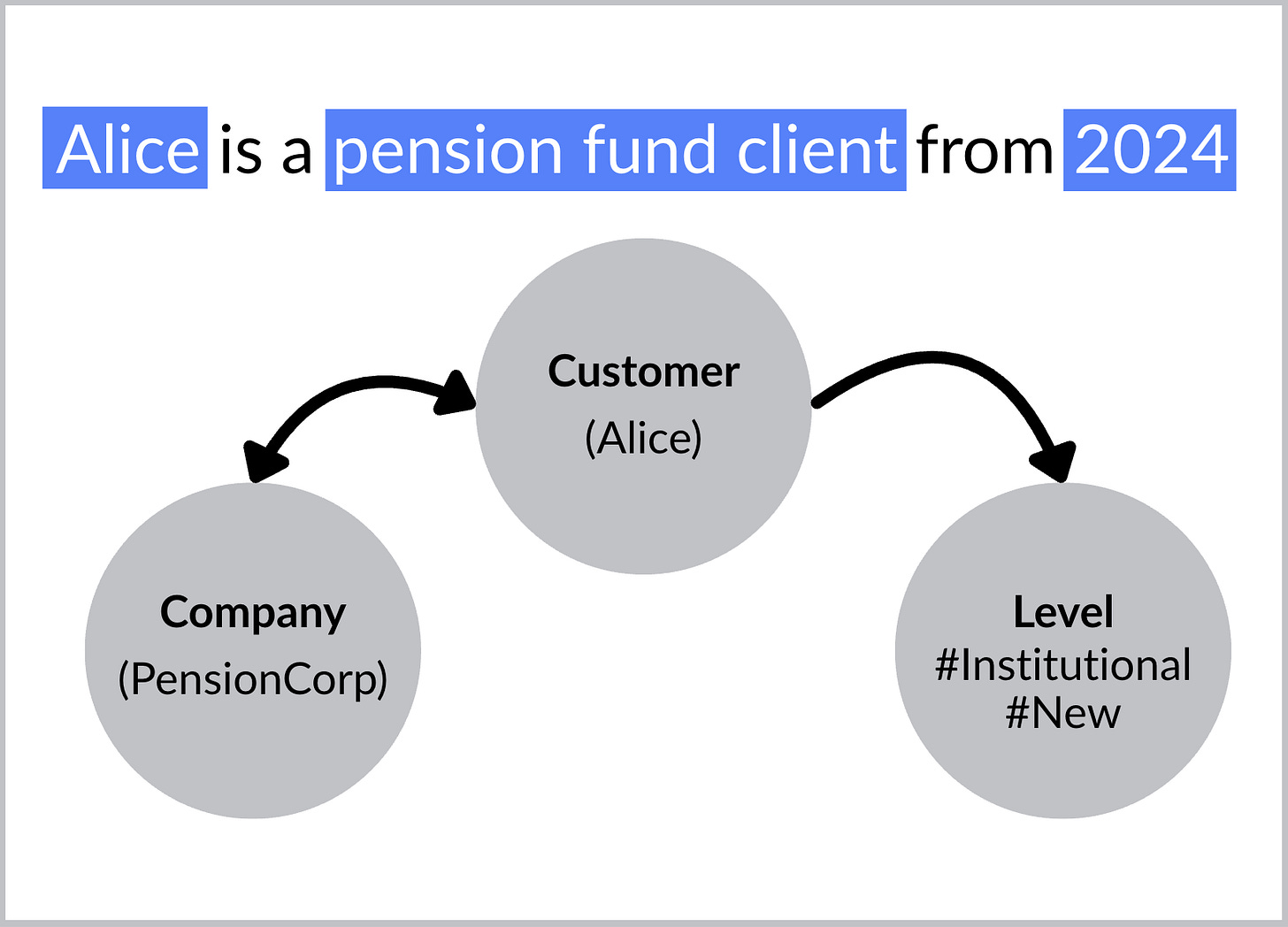
But context extraction is just the first step. AI needs context organized and accessible. The Context Catalog turns BankCorp’s business knowledge into a map that guides AI decisions.
The Context Catalog: The Enterprise AI Map
Once extracted, context is organized into a Context Catalog. Like LiDAR’s 3D map, it’s a living model of entities, relationships, and governing principles that guides AI decisions.
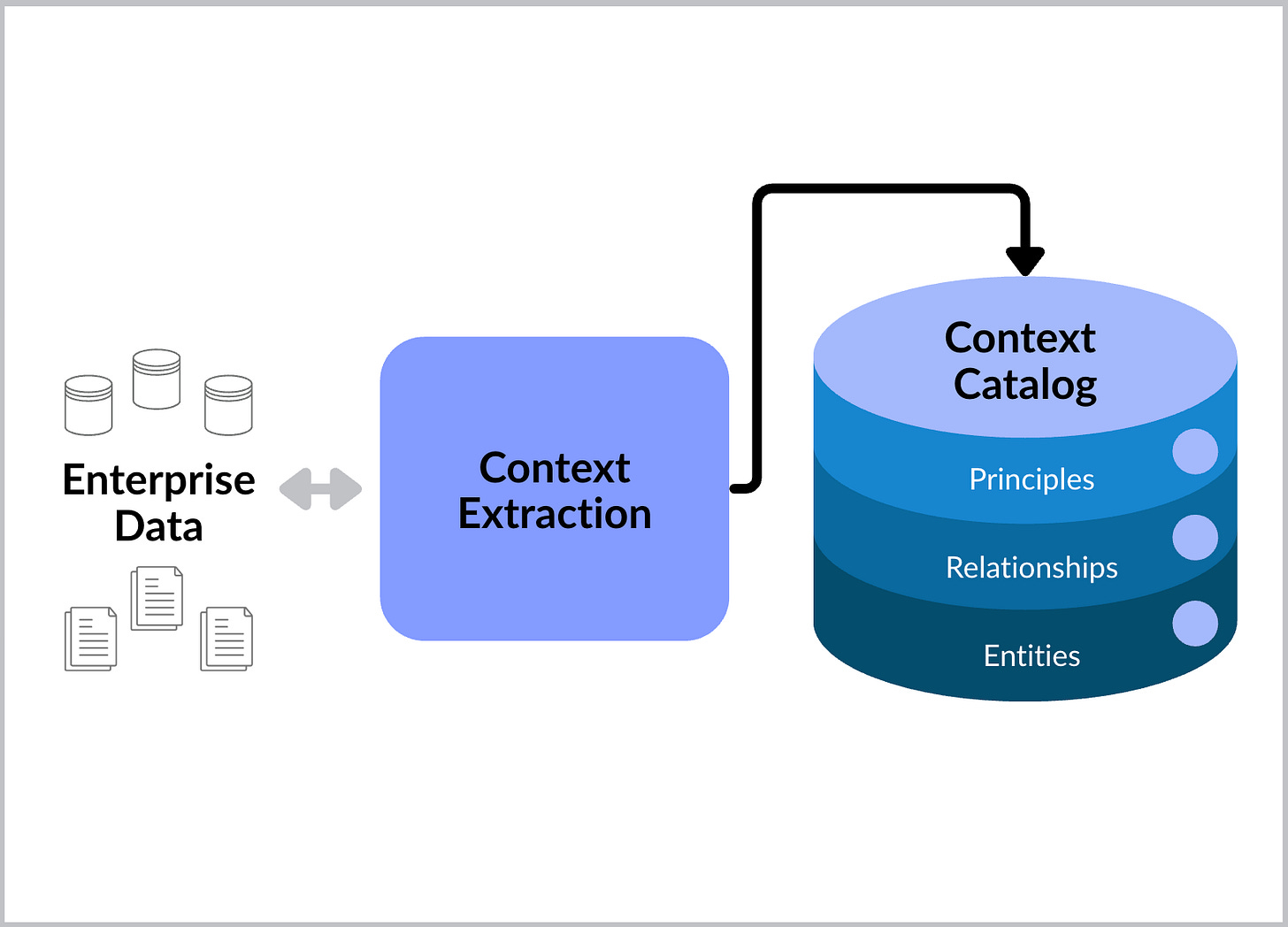
Consider its impact: For BankCorp, the Context Catalog understands Alice’s investment style so AI can prioritize advice that matters.
At an insurance company, the Context Catalog checks legal documents, claimant history, and fraud indicators, increasing automatic processing from 89% to 97%, resulting in faster settlements, fewer escalations.
A healthcare company’s Context Catalog automates eligibility, records, and compliance. Patient onboarding dropped from 15 days to 3 with no loss of quality.
Like LiDAR, ECM scans your enterprise continuously. It’s not static. The Context Catalog orchestrates the business outcomes and utilizes memory to close the loop - learning continuously from outcomes and enduring over time. With Alice, ECM learns from every interaction to better serve her investment needs. In insurance, it tracks claim accuracy to get better at spotting fraud. In finance, it learns from reconciliation results to catch problems faster. In healthcare, it monitors onboarding to eliminate delays.
The Context Catalog turns your business data into a map AI can use, and memory you can draw upon for your next decision. Instead of scattered information, you get unified business intelligence.
Principle Interpretation: Replacing Rigid Rules With Smart Principles
Most enterprises rely on rules like “Payments over $50K require VP approval.” But rules are rigid and disconnected from reality which is constantly evolving. They generate too many low-value exceptions that get ignored or create massive delays and millions in manual processing costs.
ECM replaces rules with principles. At BankCorp, principles help flag unusual payments that might impact a client. ECM helps define what constitutes anomalous access patterns based on learned context that might affect Alice.
ECM learns your principles by interpreting contracts, communications, and policies. It figures out which customers are important and what they value. It captures how your business really works.
By moving from static rules to adaptive principles, AI operates with judgment.
Imagine how principle-driven AI can transform mundane decisions into strategic impact. Instead of flagging all claims over a threshold, ECM learns to escalate only when multiple signals converge: claim size, claimant history, and policy irregularities. In healthcare, instead of delaying every intake with missing fields, ECM prioritizes only the gaps that carry compliance or patient-safety implications. Every business can benefit from principle-driven AI.
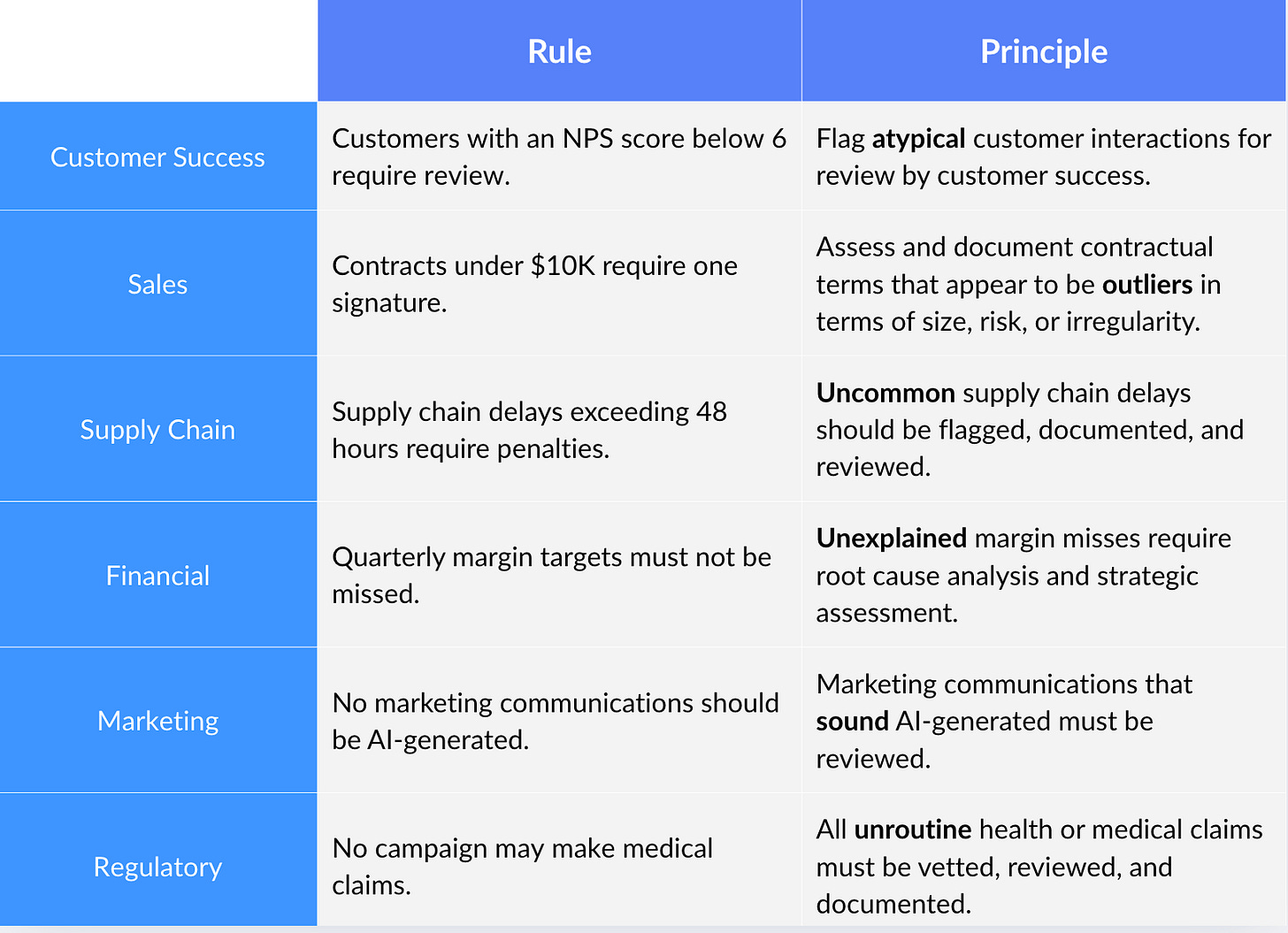
ECM replaces thousands of rigid rules with dozens of strategic principles. AI learns to prioritize calling Alice first when her portfolio needs attention, not escalating every minor alert. As your business evolves, these principles adapt.
The Control Plane: Guardrails for Trust
Every mapping system needs boundaries. LiDAR scans must be interpreted through safety protocols; otherwise, terrain data alone could lead to dangerous missteps. The same is true for ECM.
In the age of AI, traditional security models are no longer enough. The old assumption that everything inside the corporate firewall is safe is a dangerous anachronism. As AI agents interpret data and systems across the enterprise, we need a new approach: a zero-trust model.
The ECM Control Plane enforces this. It consults the enterprise’s own guardrails, encoded in the Context Catalog, to define boundaries of acceptable behavior. These specify who can access what data, under what conditions. For example, only employees in finance can view customer credit card information — preventing a curious marketing intern from stumbling onto sensitive data.
The Control Plane enforces these rules with an iron fist. Every request must be authenticated and authorized. It operates on the principle of least privilege, granting users and systems only the access they need to do their jobs, and no more.
By implementing zero-trust, the Control Plane provides powerful privacy and security guardrails for enterprise AI. It ensures that AI operates within the bounds of your company’s values and policies. It transforms AI from a potential liability into a trusted partner — one you can rely on to make smart, safe, and ethical decisions.
What This Means For You
AI without ECM is like surveying a construction site without sensors: blind, error-prone, and risky. AI with ECM perceives the enterprise in real time, acts within principles, and adapts as conditions change. BankCorp unified over fifty million records across three CRMs and retired a fourth. Customer engagement improved. AI looks at every exception, not just 1%. Internal staff focused on high-impact escalations. Manual escalations dropped by 30%.
For CEOs, this means AI that advances strategy, not just efficiency.
For CIOs and CTOs, it means embedding AI into existing architectures with confidence. It means optimizing investments, like retiring an expensive and redundant CRM.
For boards, it means trust that automation will not compromise compliance, reputation, or values.
Context turns AI from commodity software into strategic advantage. Instead of generic responses, you get AI that thinks like your best experts. That’s the leap from technology to business impact.
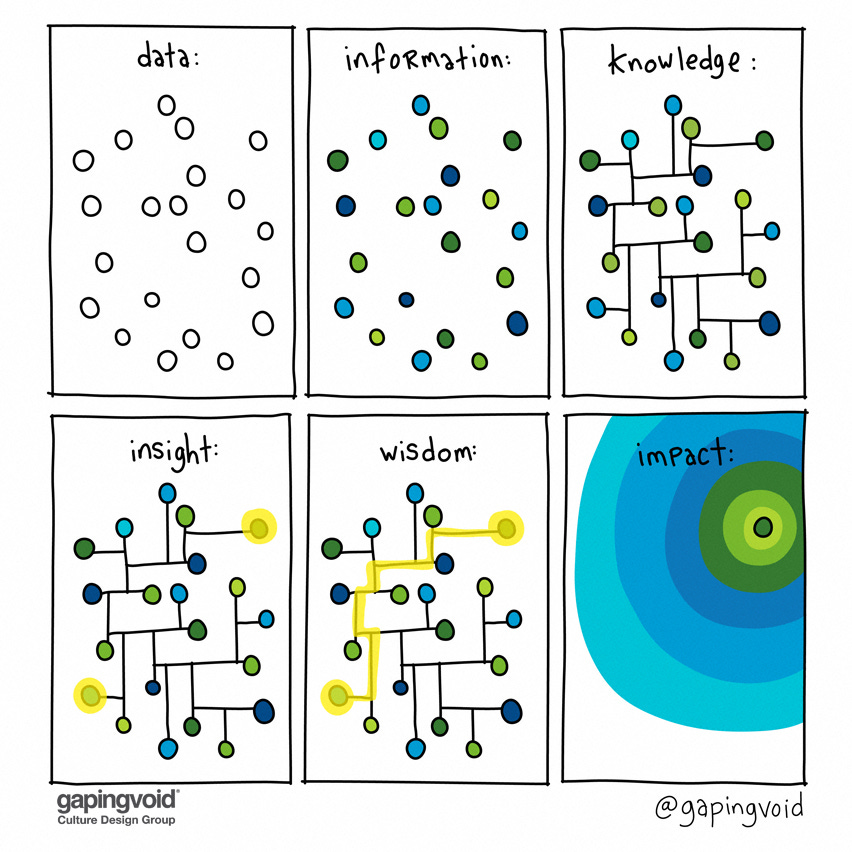
Failure with AI is a Failure of Awareness and Imagination
Failure with AI is not a failure of technology, but a failure of awareness, context, and imagination.
AI can generate an investment report for Alice, but ECM elevates each decision, each news event, and each interaction BankCorp has with her into a customer success opportunity. AI can process an insurance claim, but ECM transforms settlement into a proactive customer experience. AI can reconcile transactions, but ECM turns exception handling into strategic client protection.
Imagine turning every mundane decision in your enterprise into an intelligent opportunity. ECM makes this possible by giving your AI the business context it needs to make smart choices.
But without context, AI is blind. Just as LiDAR maps complex terrain for surveyors, foresters, and builders, ECM maps your business world.
As Gapingvoid’s art reminds us: information becomes knowledge, and knowledge becomes impact. ECM transforms AI from blind automation into a trusted engine of enterprise value. It’s a superpower that converts context into competitive advantage.
The only question is whether you will implement it before your competitors do.



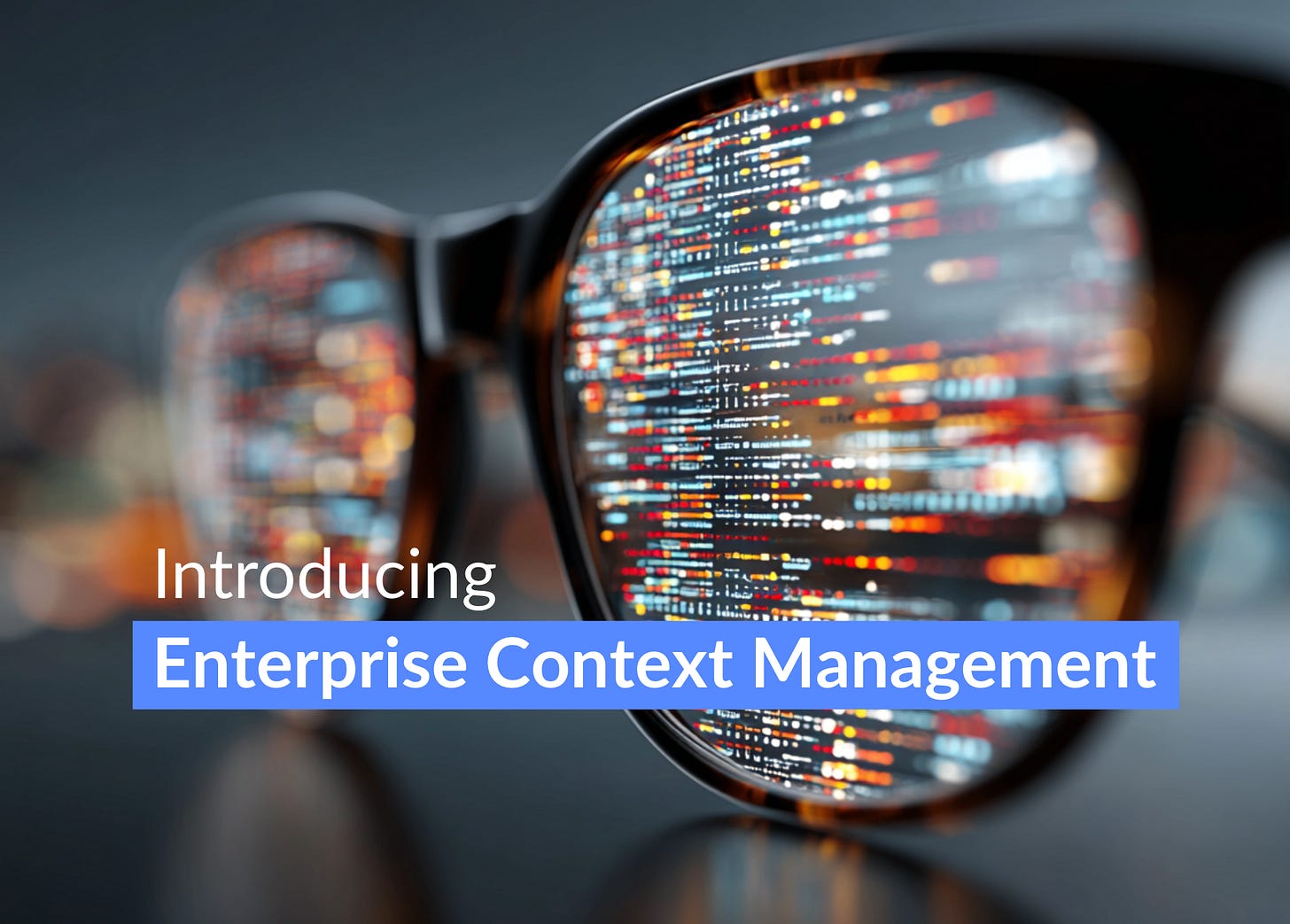
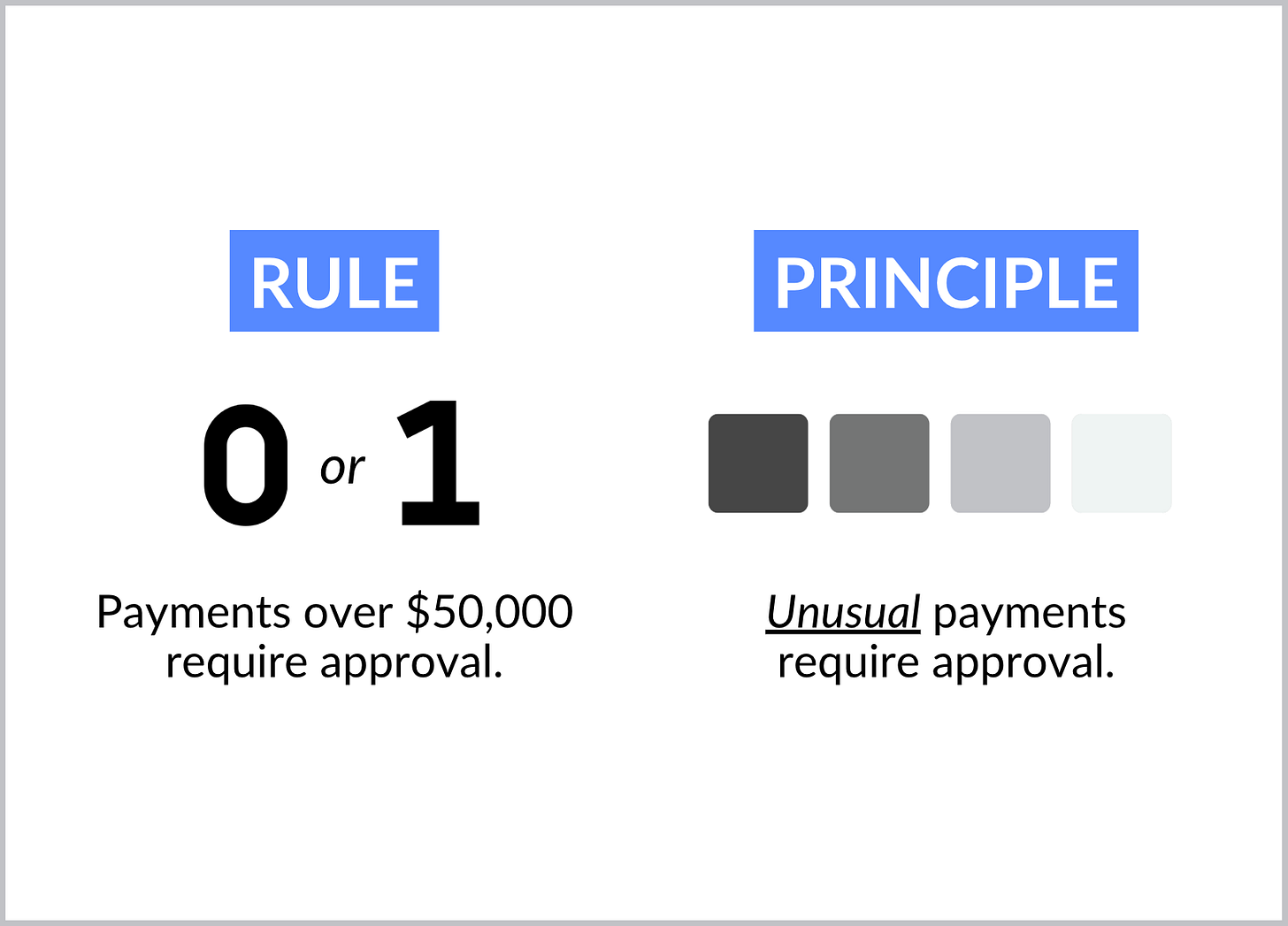
Congratulations for launching the ECM Substack! Loving the LiDAR analogy, the topic, and the "context" about how to do better AI via rules, entities, and better semantics fed to the model. Good stuff!
Clearly, implementing good AI is now a requirement to compete. Thanks for the information!